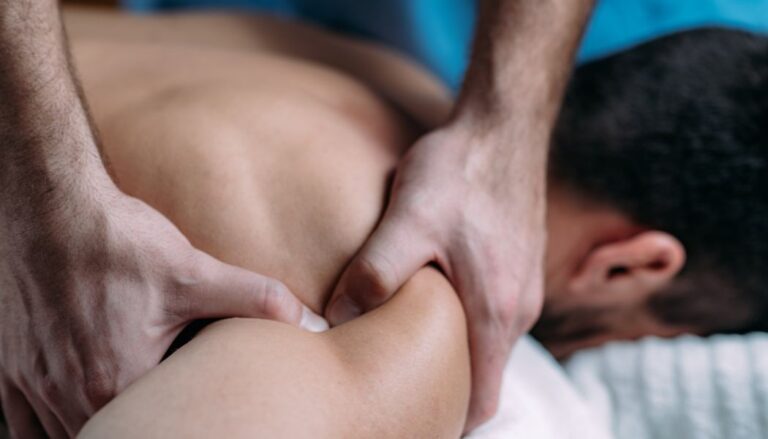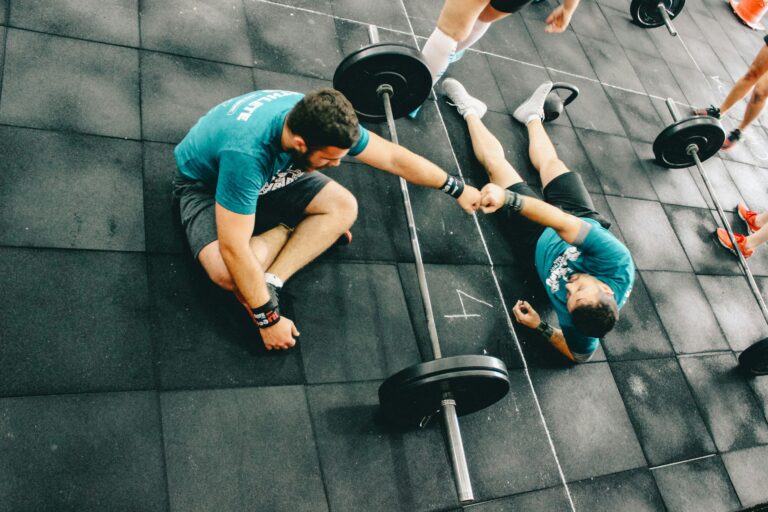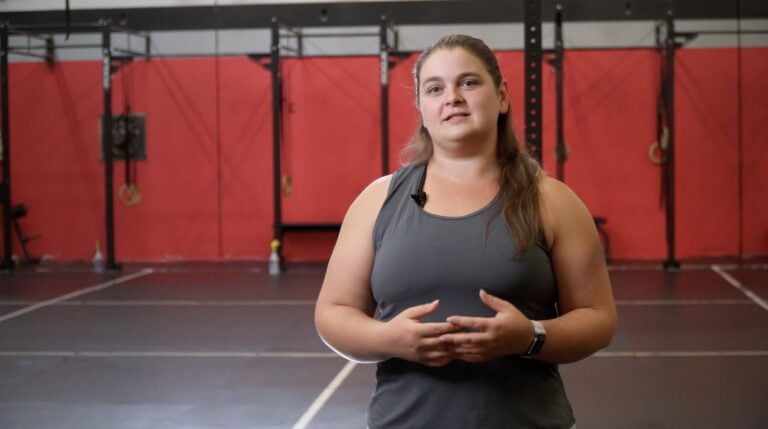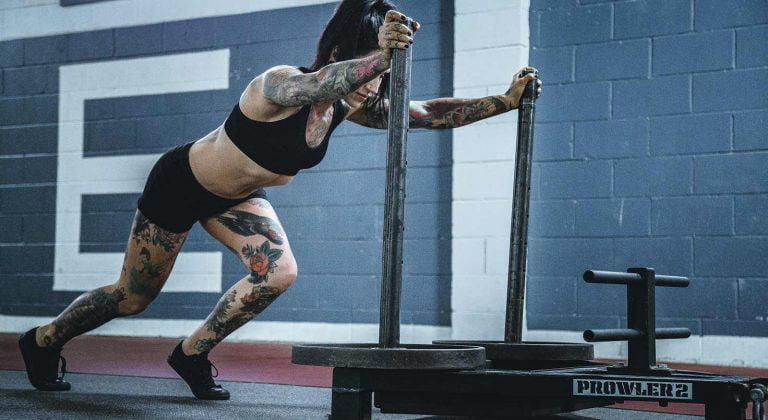Best Hip Mobility Exercises: Top Moves for Flexibility and Strength
Hip mobility is essential for a range of activities, from everyday movements like walking and squatting to high-performance sports that require dynamic motion.
Improved hip mobility can lead to better performance, decreased risk of injury, and increased overall flexibility.
Engaging in hip mobility exercises can help maintain or improve the range of motion and functional capacity of your hip joints.
Incorporating hip mobility exercises into your routine isn’t just for athletes; it’s beneficial for anyone looking to enhance their movement quality and comfort in daily life.
These exercises can be simple to perform and require no special equipment, making them easy to integrate into your existing workout regimen or even during short breaks throughout the day.
If you’re looking to take your hip mobility to the next level and ensure you’re doing it right, consider visiting CWC Sport Therapy in Coquitlam. Their expertise can provide you with tailored exercises and guidance to support your hip health and overall fitness goals.
Understanding Hip Mobility and Its Importance
Hip mobility refers to the range of motion of your hip joints and the flexibility of the muscles and ligaments surrounding them.
Good hip mobility allows for fluid, pain-free movements during daily activities and sports. When your hips are mobile, you’re less prone to injuries and can perform physical tasks with greater ease.
Why Hip Mobility Matters:
- Prevents Pain: Tight hips can lead to discomfort, especially if you lead a sedentary lifestyle. Regular hip mobility exercises can alleviate and prevent pain.
- Enhances Stability: Your hip muscles support your pelvis. Strong and flexible hip muscles contribute to better balance and stability.
- Improves Joint Mobility: Maintaining joint mobility is critical in preventing conditions like arthritis, which can affect your hip joints.
Key Areas Affected by Hip Mobility:
- Hip Flexors: Tight hip flexors are common due to prolonged sitting. Stretching and strengthening these muscles are vital for improving hip mobility.
- Hip Muscles: The muscles around your hips influence how well you move. Keeping them flexible supports a full range of motion.
Lifestyle Considerations:
- If you often sit for long periods, incorporating specific movements into your routine can counter the negative effects on your hips.
- Regular exercise that includes hip mobility drills can stave off the stiffness and pain associated with a lack of movement.

Essential Hip Mobility Exercises
Enhancing your hip mobility is crucial for better movement and reducing the risk of injury. Regular hip mobility exercises can improve your performance in activities such as squats and increase overall hip conditioning.
Dynamic Warm-Up Movements
Before diving into static stretches or strength exercises, begin with dynamic movements to warm up the joints:
- Leg Swings: Stand beside a wall or chair for support and swing one leg forward and back, loosening the hip flexors and extensors. Perform 10-15 swings on each side.
- Hip Circles (CARs): Controlled Articular Rotations (CARs) are a great way to increase range of motion. Lift your knee and draw a circle with your knee, going clockwise 5-10 times, then counter-clockwise.
Hip Flexor Stretches
Tight hip flexors can limit your mobility, so it’s important to keep them flexible:
- Lunge with Hip Flexor Stretch: Step into a forward lunge and drop the back knee down. Lean forward slightly, keeping your back straight, to feel a stretch in the front of the hip. Hold for 20-30 seconds on each side.
- Bridge: Lying on your back, bend your knees and place your feet flat on the floor. Lift your hips toward the ceiling, engaging your glutes. This move opens up the hip flexors by extending the hips. Hold for a few seconds, then lower back down.
Hip Strengthening Drills
Strengthening the muscles around the hips supports stability and can prevent injury:
- Hip Thrusts: Sit on the ground with your upper back against a bench or stable surface. Place a weighted barbell or resistance band over your hips. Push through your heels to raise your hips, keeping your chin tucked. Lower back down after a brief hold at the top.
- Squat: Stand with feet shoulder-width apart, toes slightly pointed out. Bend at the knees and hips to lower down as if sitting back into a chair, keeping your chest up and knees tracking over toes. Push through your heels to come back up.
Conclusion
Hip mobility is a crucial component of your overall fitness and well-being. Incorporating a range of exercises targeting flexibility and strength can significantly enhance your movement efficiency.
- Start slow and gradually increase intensity.
- Be consistent with your routine to see improvements.
- Maintain proper form to prevent injury.
Staying active and mobile is vital for a healthy lifestyle. If you need personalized advice or assistance, consider reaching out to professionals.
Visit CWC Sport Therapy in Coquitlam for tailored support designed to elevate your hip mobility. Your journey towards better movement starts today!







